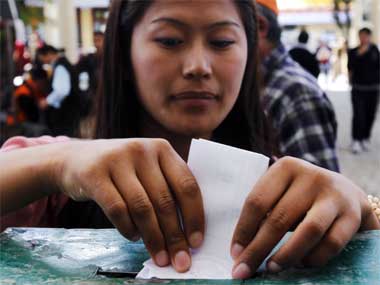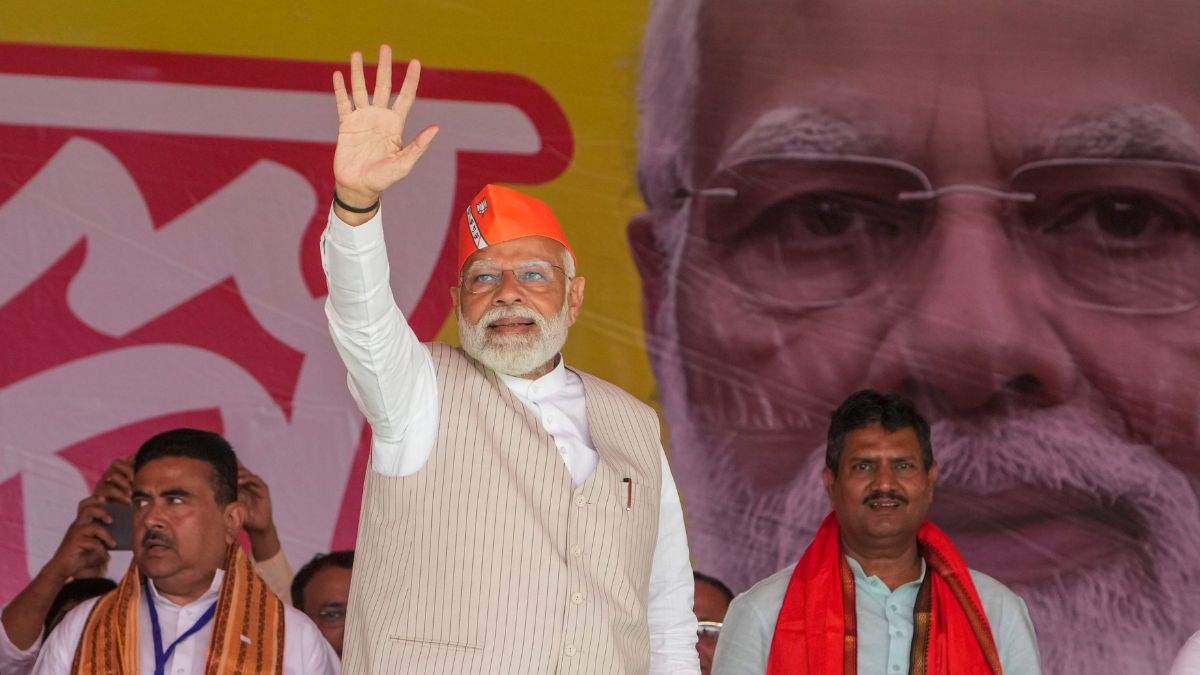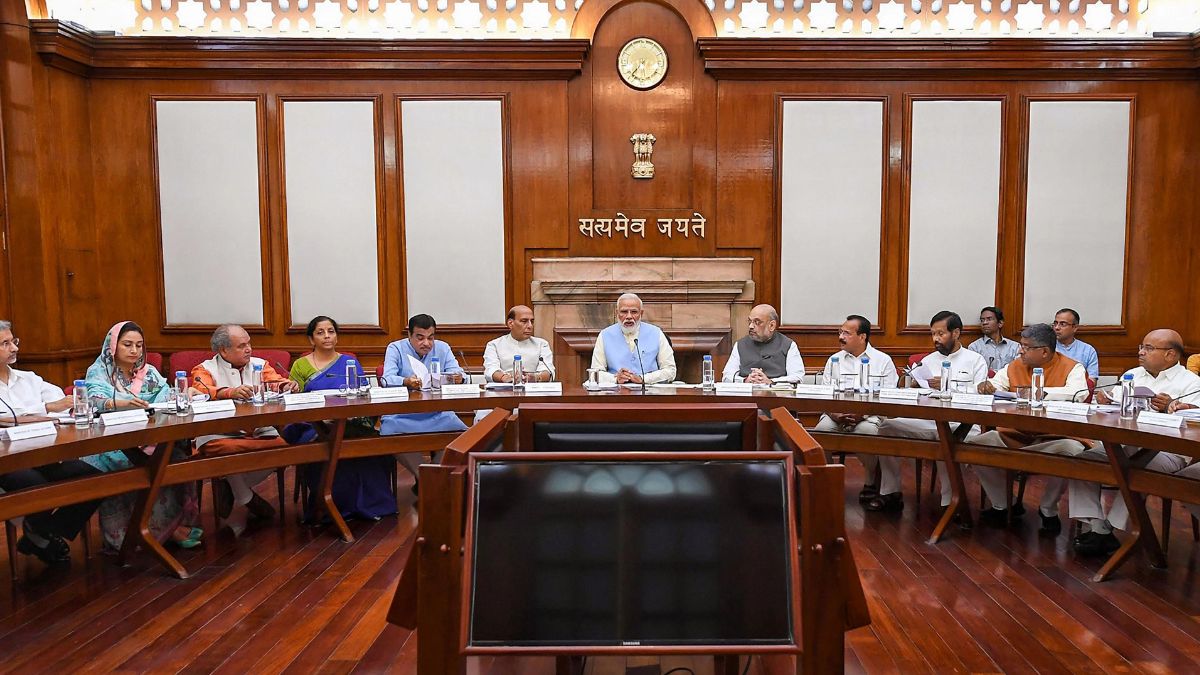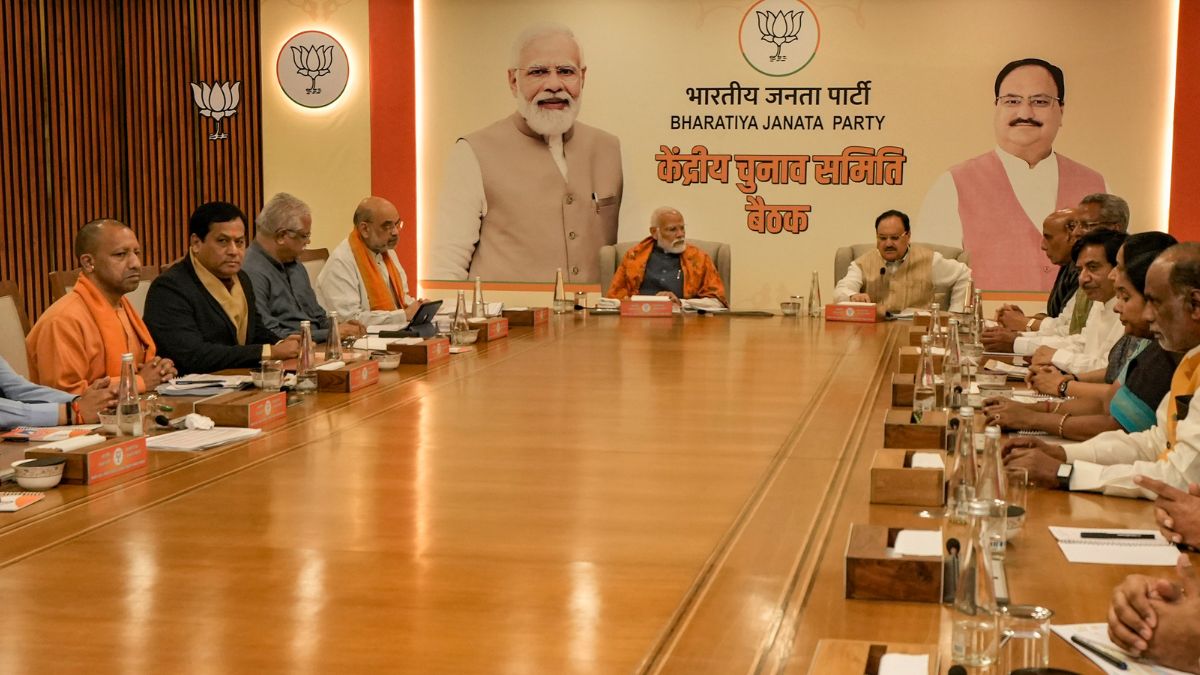The Assembly Elections in the five states of — Goa, Punjab, Uttarakhand, Manipur and Uttar Pradesh — are nearing their conclusion with the final results just a couple of days away. As the results on the counting day of 11 March will sieve out the winners from the vanquished, it would also simultaneously give an idea on voter preferences that would in all likelihood dominate the trend in the run up to the 2019 General Elections to Lok Sabha.
As exciting as the exit polls that are going to be unveiled on Thursday are, there’s much that can be determined from the voting choices people made in the past elections. We at Firstpost did some number crunching of our own, analysing the poll data from 2002, 2007 and 2012 Assembly elections in Goa, Punjab, Uttarakhand, Manipur and Uttar Pradesh. We studied and analysed victory margins and seats won by different parties in the five states to get an idea of how they voted and realised that Assembly constituencies which are geographically proximate tend to copy each other’s behaviour in so far as voting is concerned.
Methodology
We studied and analysed winning margins from the preceding three Assembly elections in the five states and categorised them into four buckets with 1 being the high margin of victory and 4 being the lowest margin of victory.
Based on the outcome of the previous three elections, we also calculated average victory margin. The lower the average victory margin, the tighter is the election in that particular constituency. We identified the constituencies where it happened, and grouped constituencies with similar average victory margins in the same colour. Geographically proximate (need not be geographically connected) constituencies form a cluster.
A probability was assigned in the next election based on the average victory margin. These probabilities are party-specific and not individual specific. Using the above method we came to a conclusion that the probability of winning the next election is higher for a party in higher victory margins and vice versa. The above data gives an interesting insight into how voters tend to vote. We realised that voters tend to vote decisively or almost equally. And, if they are geographically proximate (need not be geographically connected), they also tend to copy each other’s behaviour. What this means is constituencies are likely to behave similarly within a cluster. We also realised that the chances of them changing their behaviour are high if victory margin is high.
NOTE: Select from visible layers to access maps.
Punjab: Past results and voting clusters
Punjab: Victory Margins
Goa: Past results and voting clusters
Goa: Victory Margins
Uttar Pradesh: Past results and voting clusters
Uttar Pradesh: Victory Margins
Uttararkhand: Past results and voting clusters
Uttararakhand: Victory Margins
Manipur: Past results and voting clusters


)




)
)
)
)
)
)
)
)